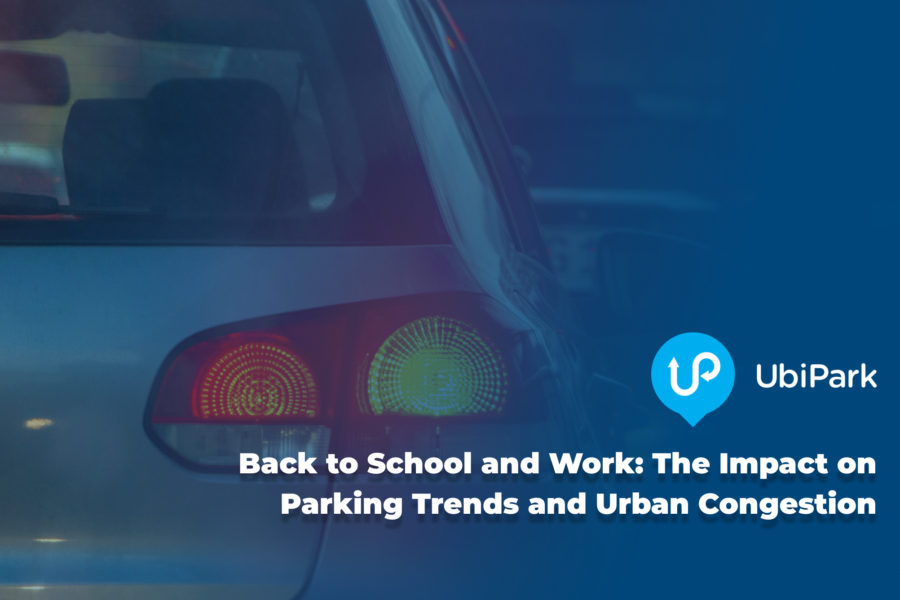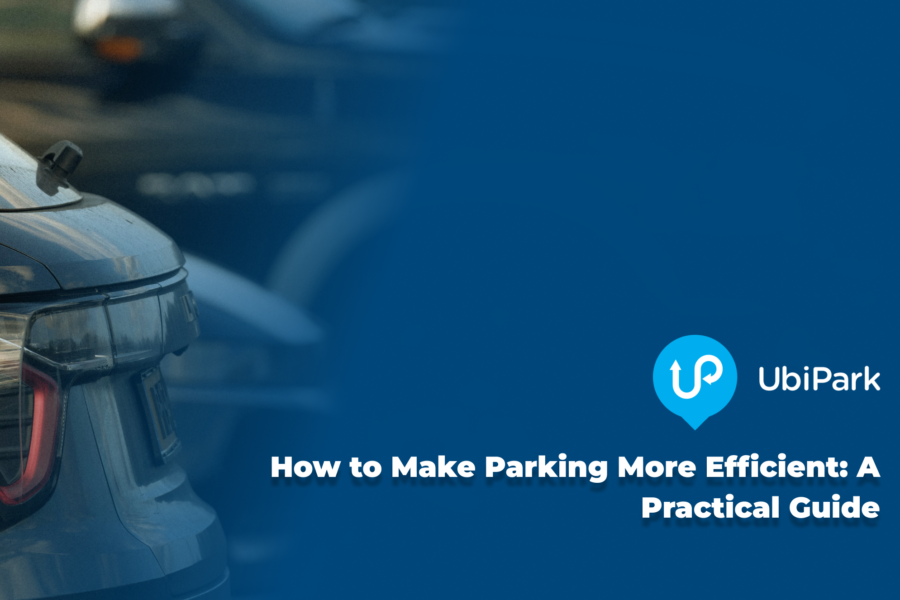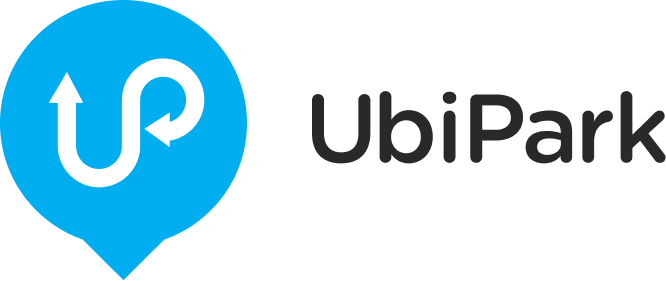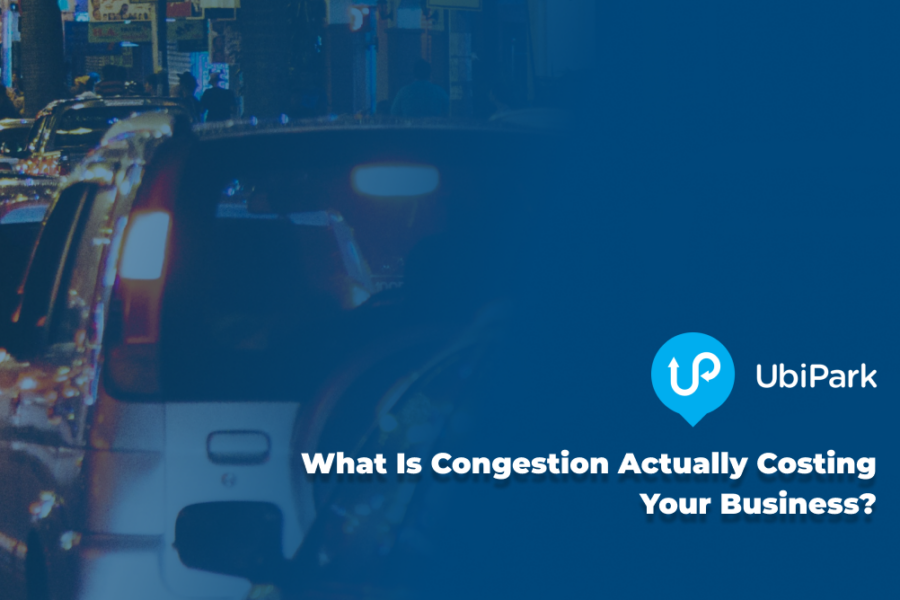Back to School and Work: The Impact on Parking Trends and Urban Congestion

January 31, 2025
As schools reopen and employees return to offices, cities across the globe are witnessing a sharp increase in traffic and parking demand. This annual shift significantly impacts urban mobility, contributing to congestion, environmental strain, and challenges in parking management. To stay ahead, cities must explore innovative parking solutions to mitigate these issues effectively.
The Return to Routine: How Back-to-School and Work Seasons Influence Parking
The end of the Christmas holidays marks a surge in daily commuting, as parents drop off children at school and workers return to traditional office settings. This dual rush creates an overwhelming demand for parking in key urban areas. Schools, office districts, and transit hubs become hotspots for limited parking, often leading to:
- Increased congestion: Morning and afternoon rush hours lengthen as more vehicles compete for road and parking space.
- Parking spillovers: Overflow from designated lots causes cars to occupy residential streets, frustrating local communities.
- Stress and inefficiency: Drivers spend more time circling for parking, leading to delays and heightened emissions.
The ripple effects extend to businesses, which may experience a loss of productivity as employees struggle to find parking, and cities, which face growing pressure to optimise infrastructure.
Challenges Cities Face
For cities, the annual back-to-school and work transition highlights deeper systemic challenges:
- Static infrastructure: Many cities rely on outdated parking systems incapable of adapting to fluctuating demand.
- Poor visibility: Without real-time data, cities and drivers lack insights into parking availability.
- Environmental concerns: Increased traffic leads to more carbon emissions, undermining sustainability goals.
Cities that fail to address these challenges risk a decline in livability, with prolonged congestion and dissatisfaction among residents and commuters.
The Role of Digitised Parking Solutions
Cities can combat these seasonal parking challenges by embracing digitised parking solutions that leverage technology for smarter management. These solutions can transform parking from a static system to a dynamic, efficient service:
- Real-time parking insights: Digital platforms can provide drivers with live updates on available spaces, reducing time spent searching for parking.
- Mobile payments and reservations: Allowing commuters to book and pay for parking via apps ensures smoother experiences and more predictable revenue for cities.
- Dynamic pricing: Implementing surge pricing during peak hours can manage demand and incentivise off-peak travel.
- Integration with public transport: Encouraging park-and-ride options supported by digitised parking systems can shift demand away from city centres.
Moving Forward: Building Smarter Cities
To overcome the challenges of back-to-school and work seasons, cities must rethink their approach to parking. Digitisation, combined with sustainable urban planning, offers a clear path forward. By investing in smart parking systems, cities can alleviate congestion, reduce environmental impacts, and enhance the quality of life for commuters.
As technology advances, the question isn’t whether cities should embrace digital parking solutions—it’s how quickly they can implement them to keep up with modern mobility demands. Ready to make the change your city needs? Contact the UbiPark team today.




